James Kennedy: I’m James Kennedy and I’m an author, chemistry teacher and blogger. Today I’m trying to break some of the misconceptions that people have about chemicals.
Chemicals are not dangerous in themselves. This morning’s presentation is about how the dose makes the difference. You cannot label a chemical as dangerous; you have to think about the dose, the subject and the way it’s being exposed. It’s very important, the different subjects have different requirements, right? If you give this 40 milligrams to a 12-year-old, it won’t to anything, but if you give 480 to a young child that’s extremely dangerous.
Different subjects need different doses. Are you dealing with a baby or a child or an adult? One capsule is healthy but if I take 60 capsules I would die. So, there’s a difference, right? A little bit is good, a lot is bad.
The next thing is the method of exposure. There are three main ways we come to contact with chemicals: on the skin, ingested or inhaled. Drinking water is good for you, but inhaling water is lethal. Everything has a perfect dose. Different substances have different doses. So, patients need to understand that sometimes if they are scared of a particular medicine, you can show them – well actually, the dose is very carefully calculated for you.
Mom 1: You have to absolutely know what is the right quantity and what is toxic to us and what is toxic to our babies.
Mom 2: Even water, like, if you drink six liters of water you could die. So, the right dosage is very important for the body.
Back to top

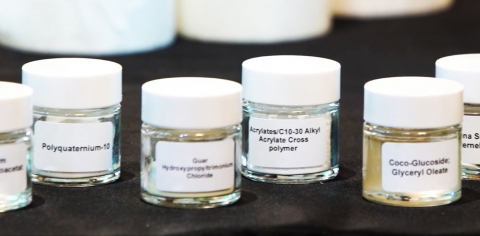
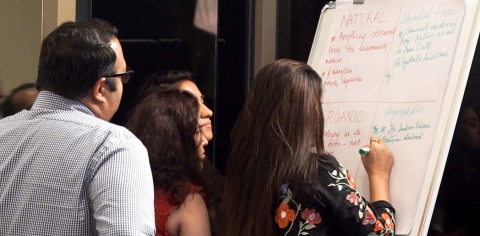
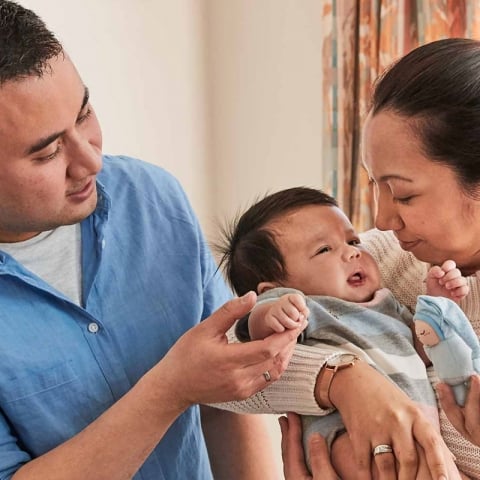
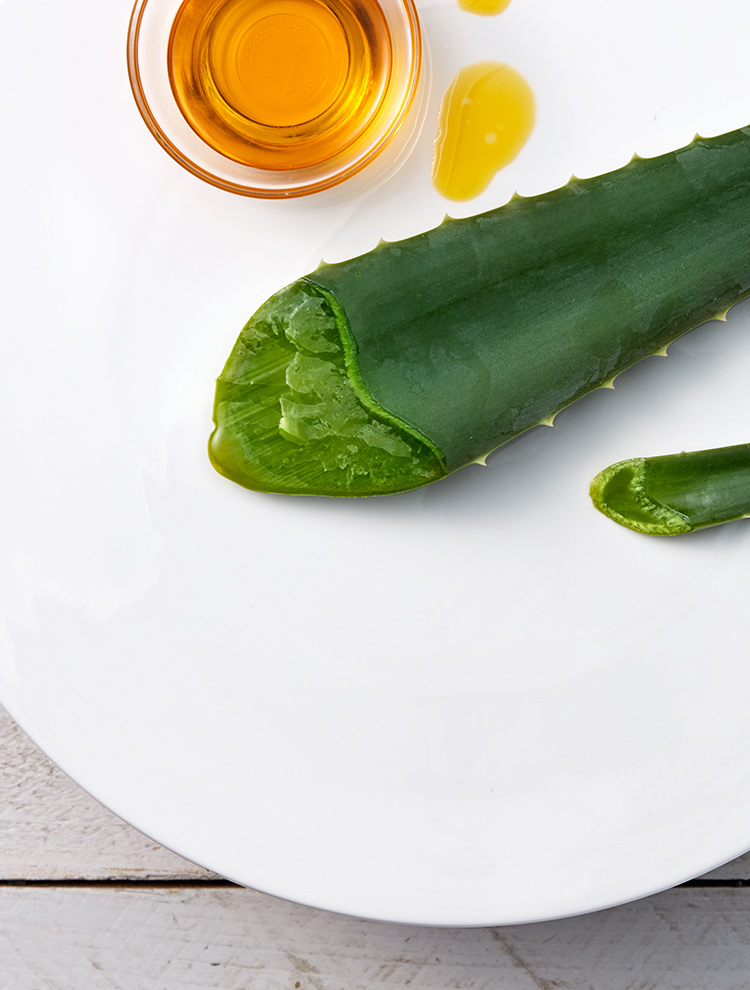
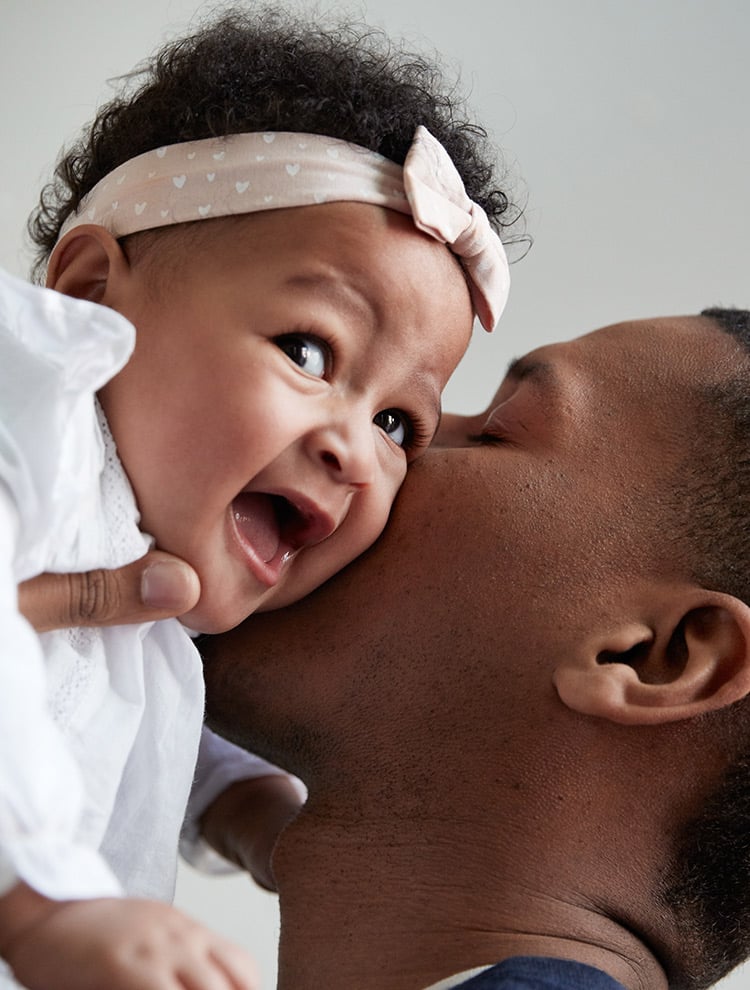
By registering, you agree to receive additional transactional, marketing/promotional and sample material from the Johnson's Baby Professional website. Your personal information will be used to fulfill your request for samples and/or patient education materials. Your information will be shared only with JNTL Consumer Health (Philippines) Inc., its affiliates, and any third parties working on their behalf to fulfill your request, and will be governed by our site's Privacy Policy.